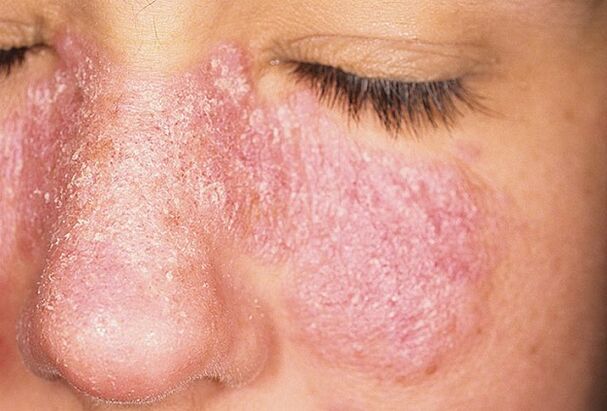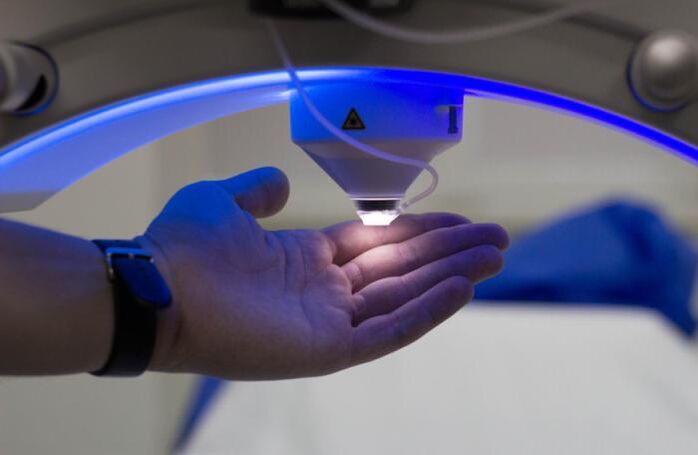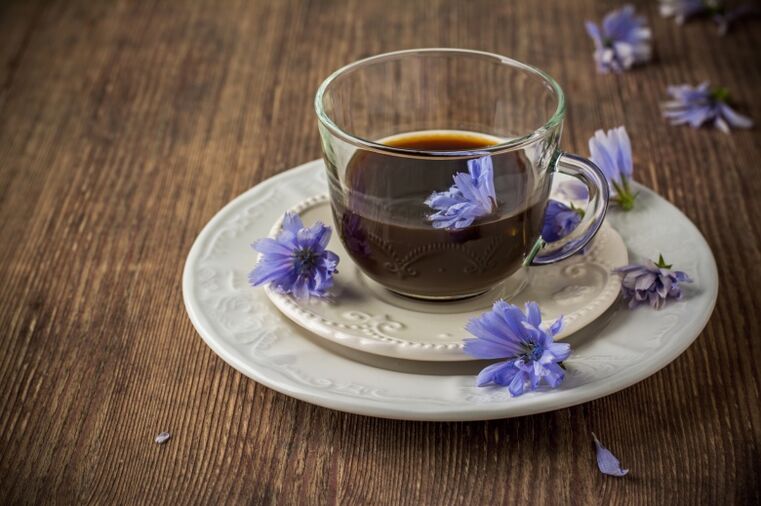What is psoriasis on the face?

Characteristic symptoms of psoriasis
- If you place your nail plate over a patch of scaly skin, you will notice an increase in subsequent peeling in that area. This sign is called stearin stain because it resembles a drop of frozen wax and when touched with a finger, forms numerous flaking plates.
- When the scales that appear on the skin are thoroughly cleansed, a bright red film will appear on the surface of the epidermis. This feature is called a terminal membrane.
- After removal of the terminal film from the skin surface by scraping, small multipoint needle-like bleeding in the form of droplets was observed. This type of bleeding occurs because the capillaries are close to the epidermis and are easily damaged during the course of the disease. This phenomenon is called blood dew.
Plaques and papules in psoriasis grow and rapidly increase in size. They merge to form a single aggregate that deforms the affected area of the face. Do not comb or remove scabs from the affected areas of skin to avoid causing scarring.
stages of psoriasis
- progress. It is characterized by an increase in size and merging of existing plaques into a single point, together with the appearance of active new papules, and a bright red rash with a flaky structure against a background of severe itching. New rashes may appear when scratched.
- Fixed. It is characterized by the cessation of papule growth and significant reduction in peeling. Existing patches appear blue and the itching becomes less noticeable.
- return. This stage is associated with masking all symptoms of the disease. Almost all manifestations of psoriasis become invisible. The peeling and itching completely disappeared, and the papules and plaques began to fade.
Psoriasis Skin Care Advice
- Use cosmetic cleansing and facial care products designed for sensitive skin to prevent injury and subsequent worsening of illness.
- Avoid rubbing the affected skin surface hard after cleansing. It's best to dry the areas with a napkin and apply it gently to the problem areas.
- It is worth temporarily (before seeing a doctor) to stop using any cosmetics, including decorative cosmetics.
- You should not use scrubs and exfoliating compounds, which can cause an inflammatory response and worsen the condition.
- Men who use razors should switch to electric razors, which cause less damage to the surface of the epidermis.
Possible treatments for the disease
- Internal medicines (tablets, injections).
- Ointments, creams and compositions of vegetable oils suitable for external cosmetic use.
- A variety of physical therapy procedures using special equipment and instruments.
- Proper dietary and lifestyle advice.
- Household products (lotions, ointments).
Drugs used in medical treatment
Physiotherapy

- The effects of UV lamps are based on the effects of ultraviolet rays, including slowing the growth of epidermal pathological cells and overall skin improvement. This method has been found to be very effective.
- Phototherapy is performed under expert supervision and is based on exposure to specific frequencies of ultraviolet radiation. This approach has received many positive reviews.
- Excimer lasers used in professional clinics are considered the most modern and effective devices that help actively fight psoriasis.
dietary indications
Smoking and drinking are strictly prohibited during treatment.
Ointments and creams used
folk recipes
Apply these compounds sparingly to clean, dry skin in a thin layer.
| Recipe number | Ingredient composition and quantity | Manufacturing instructions |
|---|---|---|
| 1 |
|
After mixing all the ingredients of the composition, store it in a cool place for 15 days. |
| 2 |
|
Mix all ingredients well and let soak in a cool place for 3 days. |
| 3 |
|
Mix the components thoroughly and store in the dark for 3 days. |
Internal compositions

- Lemongrass fruit tincture, 20-30 drops taken 3 times a day before meals, will help the body actively fight against adverse environmental factors.
- It is recommended to drink 1/4 cup of chicory soup 4 times daily. It improves immunity and has a calming effect.
- Application made from Kalanchoe pulp (leaves ground into a paste) perfectly cleanses plaques and pimples on the skin. Using a patch, apply the mixture to the affected area of skin and leave it on for 4 hours.
- Mix celandine juice (fresh plant) with calendula infusion in a 1: 1 ratio. Apply this mixture to problem areas once a day.























